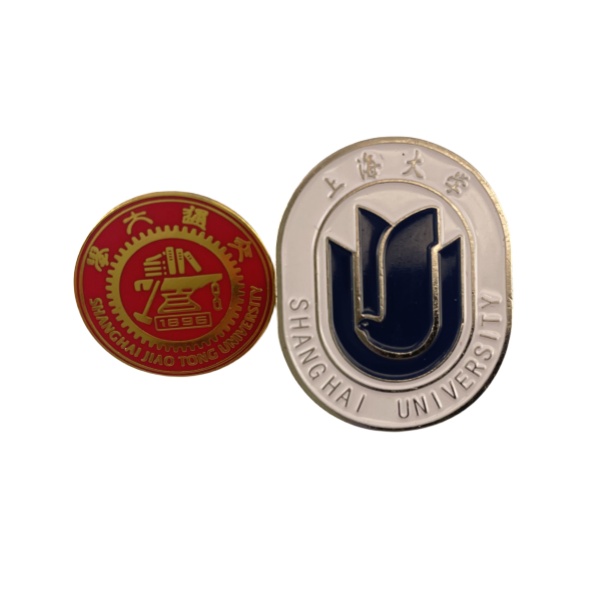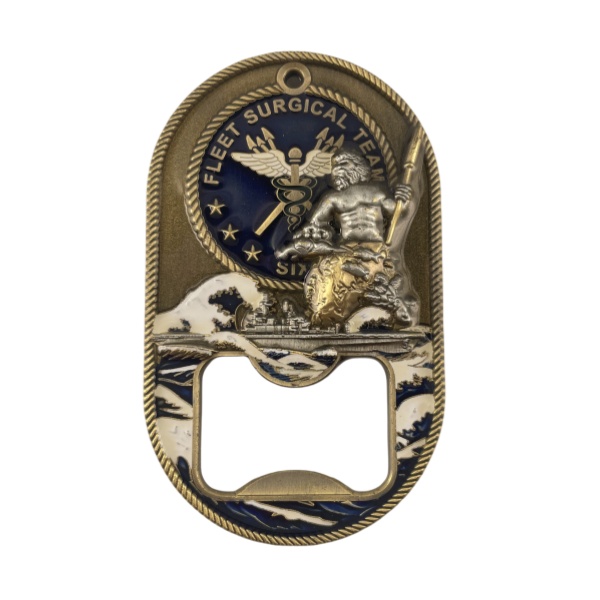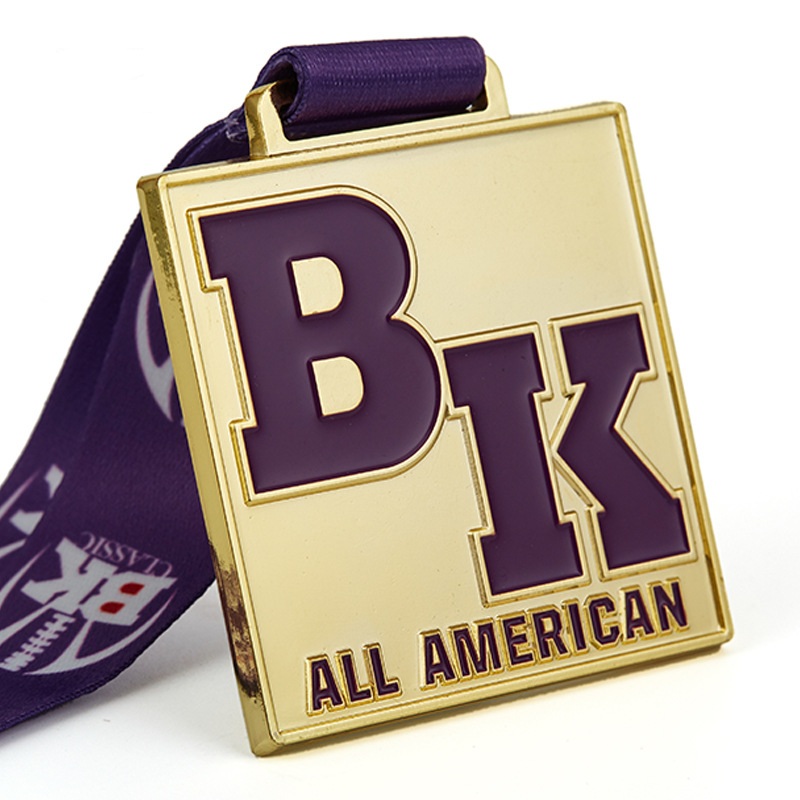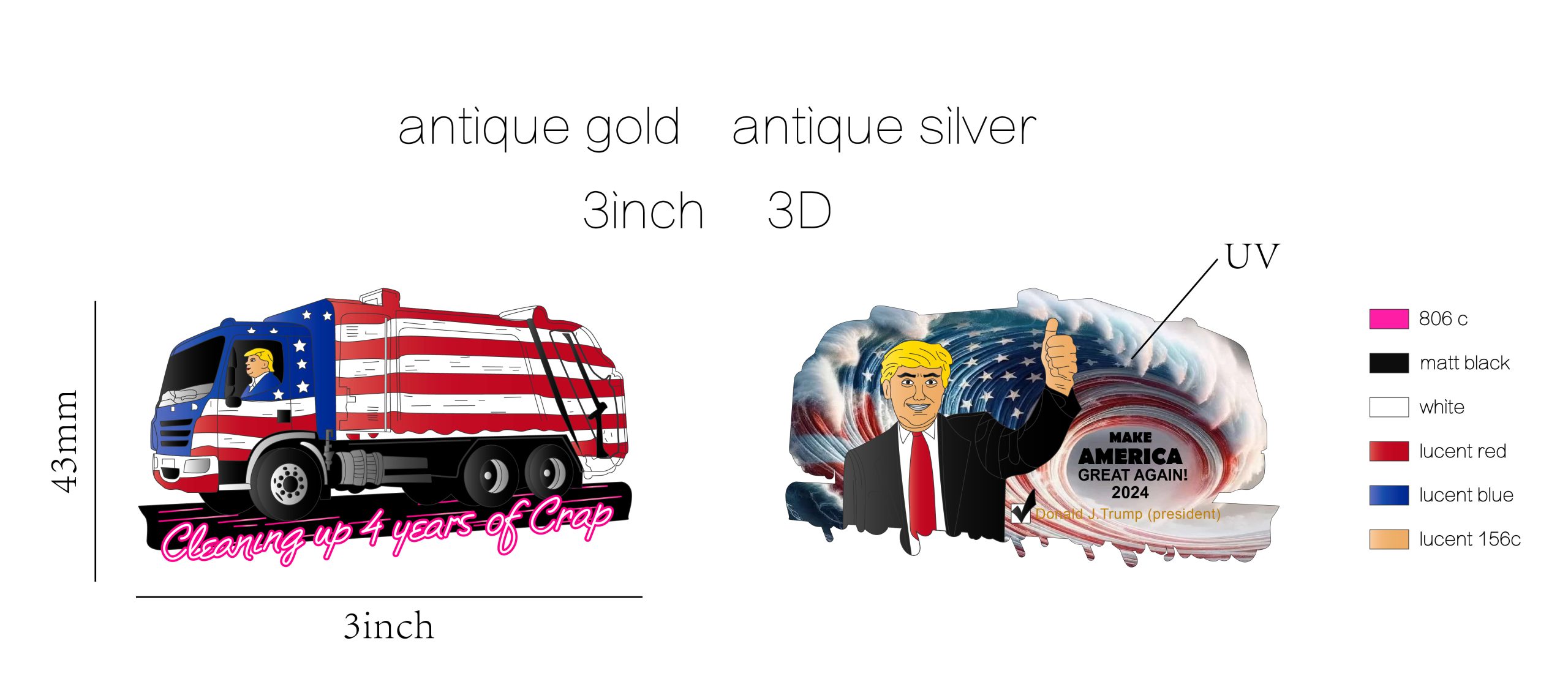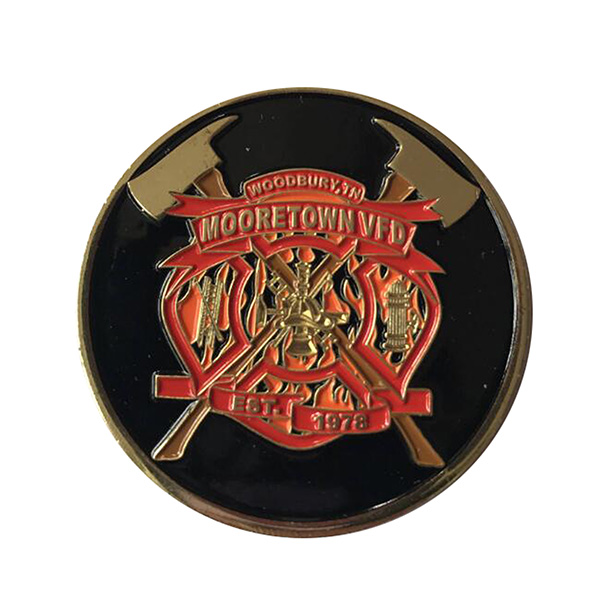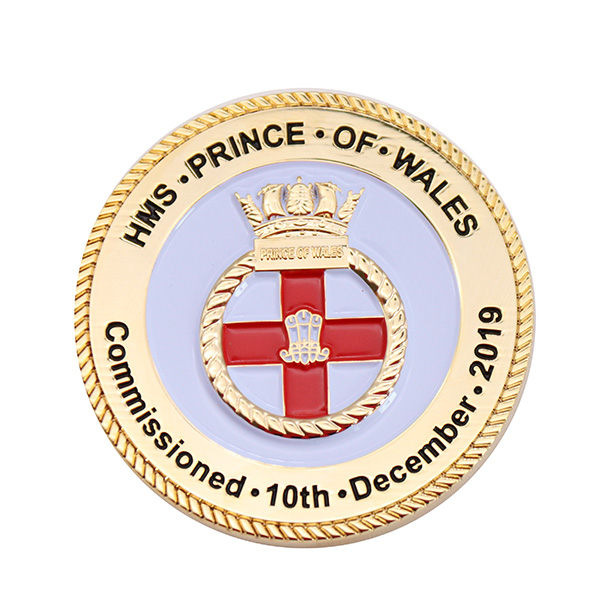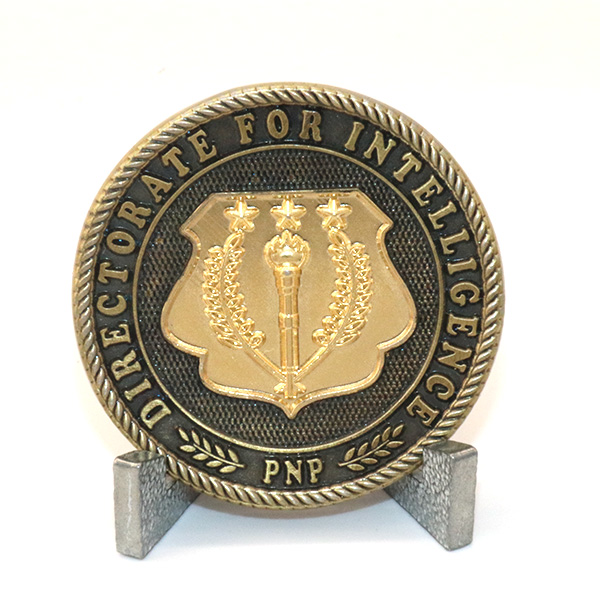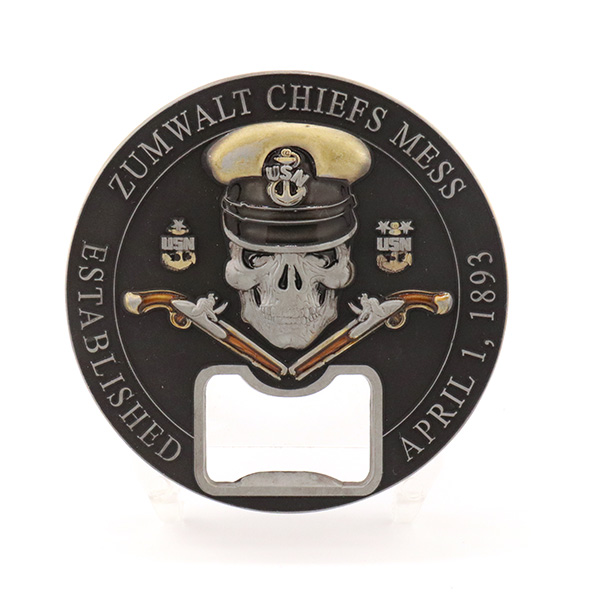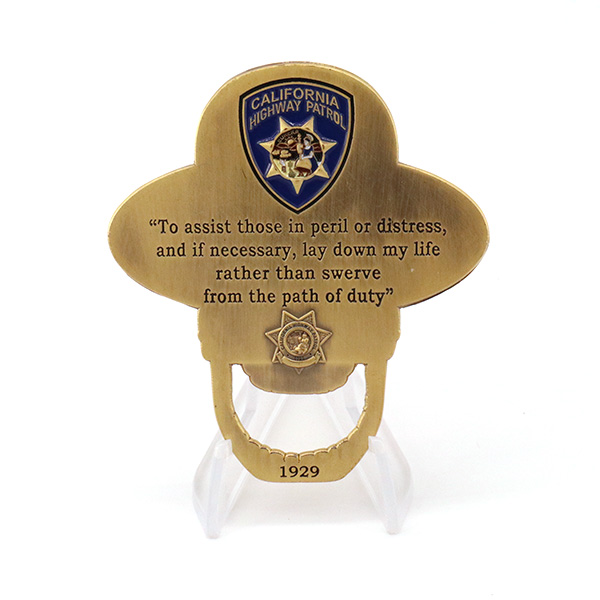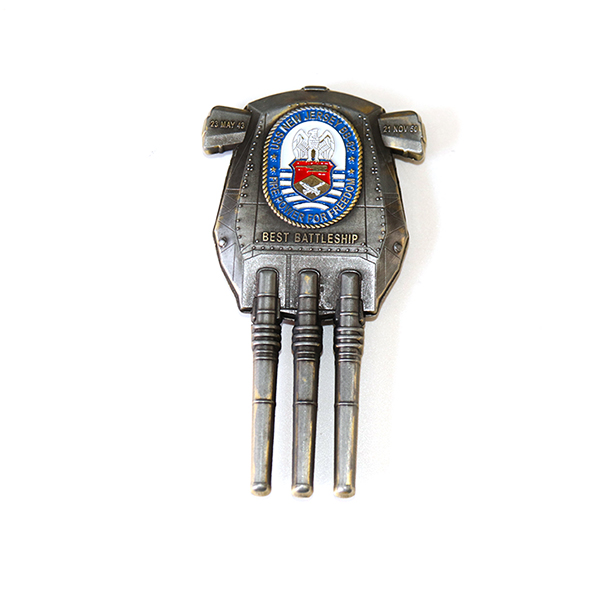Challenge Coin, which first originated in the U.S. Army to recognize military personnel and motivate morale, is now widely used in various organizations and activities, becoming a unique souvenir and symbol. Challenge coins are not only unique in their design, but also in their production process, especially the plating process, which is a key factor in determining their beauty, durability and collectability. In this article, we will introduce the different plating processes of challenge coins in detail, including gold plating, silver plating, nickel plating, antique copper plating and other special plating processes.
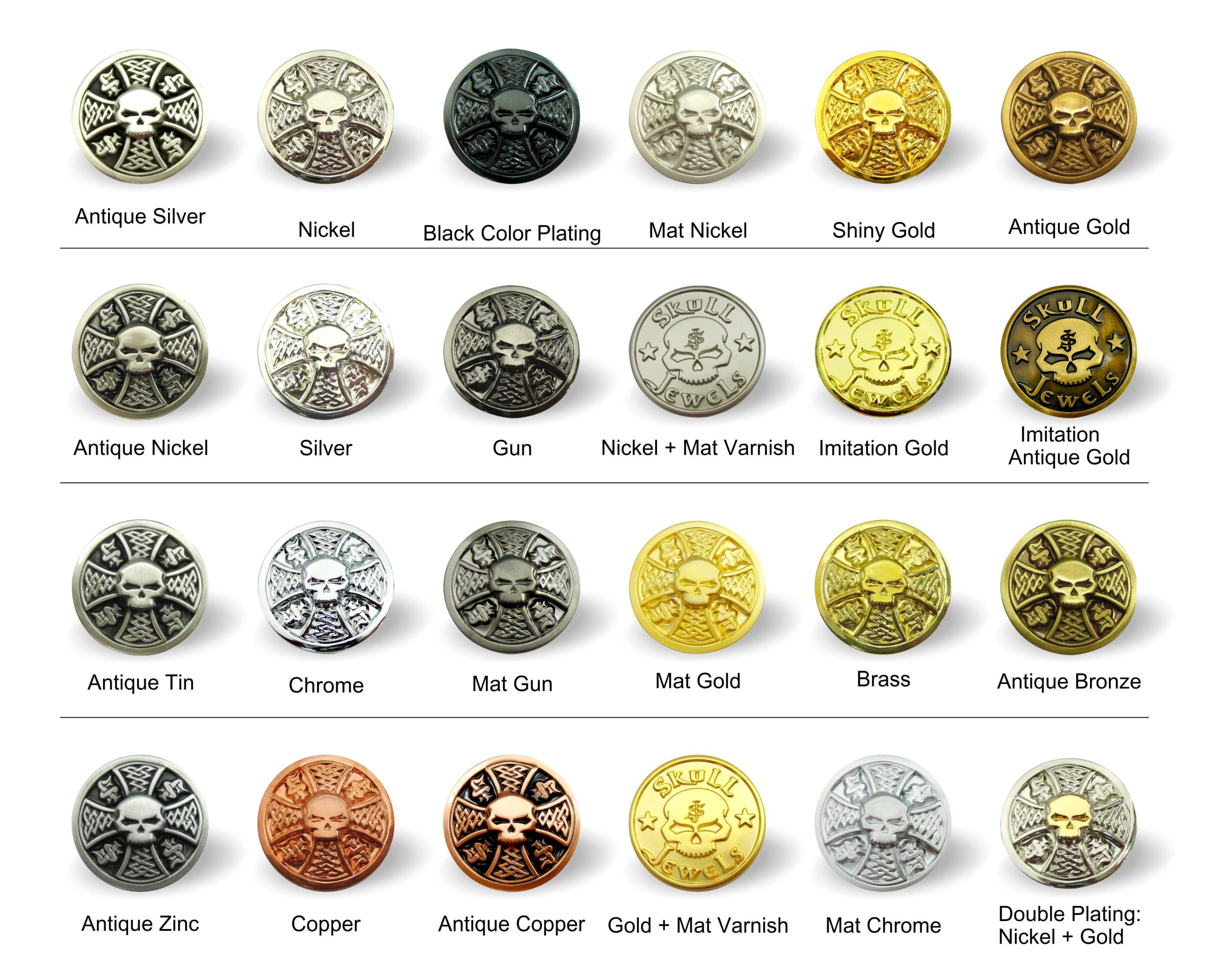
I. Gold Plating
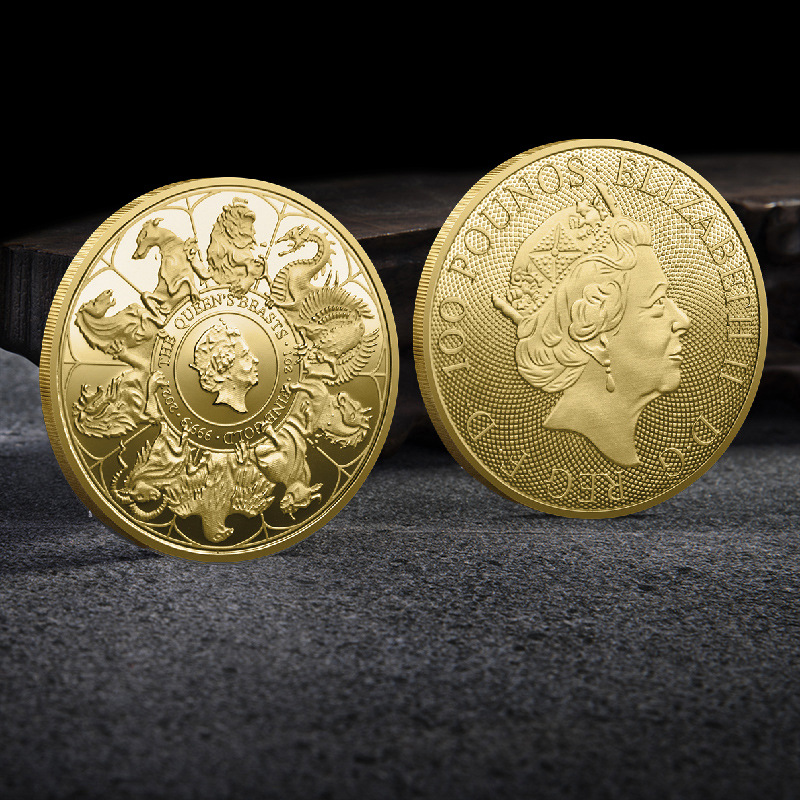
1.1 Gold Challenge Coin Overview
Gold plating is one of the most common plating processes in challenge coins. By plating a layer of gold on the surface of challenge coins, it not only enhances the visual effect of the coins, but also increases their corrosion resistance and durability. Gold-plated challenge coins usually have a noble and elegant appearance, which is favored by collectors and award winners.
1.2 Process on gold plating challenge coin
The basic process of gold plating includes the following steps:
1. Cleaning: Clean the challenge coins to remove grease, dirt and oxides on the surface.
2. Electrolytic Polishing: The surface of the coin is made smoother by electrolytic polishing.
3. Copper plating: A layer of copper is first plated on the substrate to enhance the adhesion of the plating.
4. Gold plating: A layer of gold is plated on top of the copper plating layer. Usually, potassium gold cyanide is used as the gold plating solution.
5. Post-treatment: Cleaning, drying and inspection.
1.3 Advantages for awesome challenge coins Shinny Gold
Gorgeous appearance: the appearance of gold color gives people a noble feeling.
Corrosion resistance: gold has good corrosion resistance and can protect the coin’s substrate.
Anti-oxidation: the gold plating layer can effectively prevent oxidation and keep the luster for a long time.
1.4 Disadvantages
High cost: Gold is expensive, and the cost of the gold plating process is high.
Easy to wear: Although gold is chemically stable, its mechanical strength is low and the plated layer is easy to wear.
II. Silver Plating
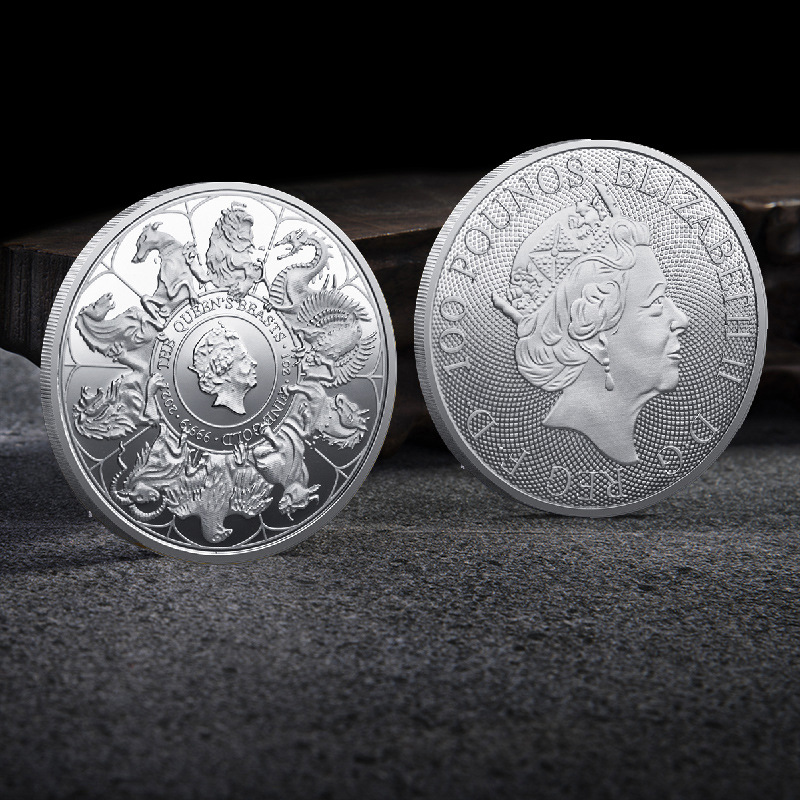
2.1 Overview for cool challenge coins shinny silver
The silver plating process gives challenge coins a brilliant silver-white luster by covering their surface with a layer of silver. Because of its unique appearance and superior physical properties, silver-plated challenge coins are often used for high-grade commemorative and collector coins.
2.2 Process of souvenir challenge coin
The basic process of silver plating is similar to gold plating:
1. Cleaning: Remove grease and dirt from the surface. 2.
2. electrolytic polishing: to make the surface smooth and even. 3.
3. Copper plating: Improve the adhesion of silver plating layer. 4.
4. silver plating: silver plating on the copper plating layer, often using silver nitrate solution. 5. post-treatment: cleaning, drying.
5. Post-treatment: cleaning, drying and inspection.
2.3 Advantages
Bright appearance: the silver luster is very attractive to the eye.
Good electrical conductivity: Silver has good electrical conductivity for specific functional challenge coins.
Antimicrobial properties: Silver has natural antimicrobial properties.
2.4 Disadvantages
Easy to tarnish: Silver is easy to oxidize and tarnish and requires regular maintenance.
Higher cost: Although cheaper than gold, silver is still not cheap.
III. Antique silver Plating

3.1 Overview
Antique Silver plating is a widely used plating process for challenge coins. The antique silver plating challenge coin layer not only provides good appearance, but also has excellent hardness and wear resistance, which is suitable for challenge coins that are frequently touched and used.
3.2 Process Flow
The process of antique silver plating is as follows:
1. Cleaning: Clean the surface of challenge coins.
2. Electrolytic polishing: make the surface smooth.
3. Nickel plating: Plating a layer of nickel on the surface, usually using nickel sulfate solution. 4.
4. Post-treatment: cleaning, drying and inspection.
3.3 Advantages
Good abrasion resistance: antique silver layer has high hardness and abrasion resistance.
Moderate cost: antique silver is moderately expensive and plating costs are low.
High corrosion resistance: nickel has good corrosion resistance.
3.4 Disadvantages
Single color: the color of antique silver is relatively single, not as diverse as gold and silver plating.
Easy to cause allergies: some people are allergic to nickel, which may cause skin problems.
IV Antique gold plating
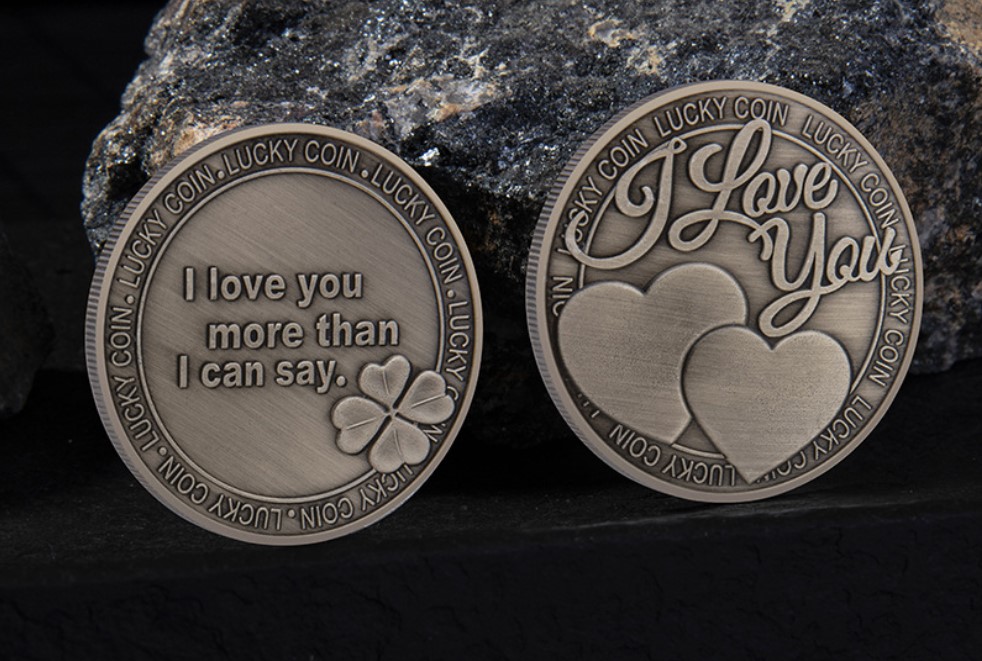
4.1 Overview
The antique copper plating process forms a layer of antique copper oxide film on the surface of challenge coins, giving them an antique and elegant appearance. This process is commonly used for historical commemorative coins and challenge coins of specific themes.
4.2 Process Flow
The basic process of antique copper plating is as follows:
1. Cleaning: Clean the surface of the coin.
2. Electrolytic Polishing: Smooths the surface.
3. Copper plating: Plating a layer of copper on the surface. 4.
4. Oxidizing treatment: Form a layer of bronze-colored oxide film on the surface through chemical treatment. 5.
5. Post-treatment: cleaning, drying and inspection.
4.3 Advantages
Unique appearance: The bronze color gives a sense of history and heaviness.
Strong durability: the oxidized film has good corrosion resistance.
High collector’s value: Challenge coins with antique appearance have high collector’s value.
4.4 Disadvantages
Poor color stability: the antique copper oxide film may change over time.
Complicated process: the antique copper plating process is more complicated and the production cycle is longer.
V. Other Special Plating Processes
5.1 Black Nickel plating
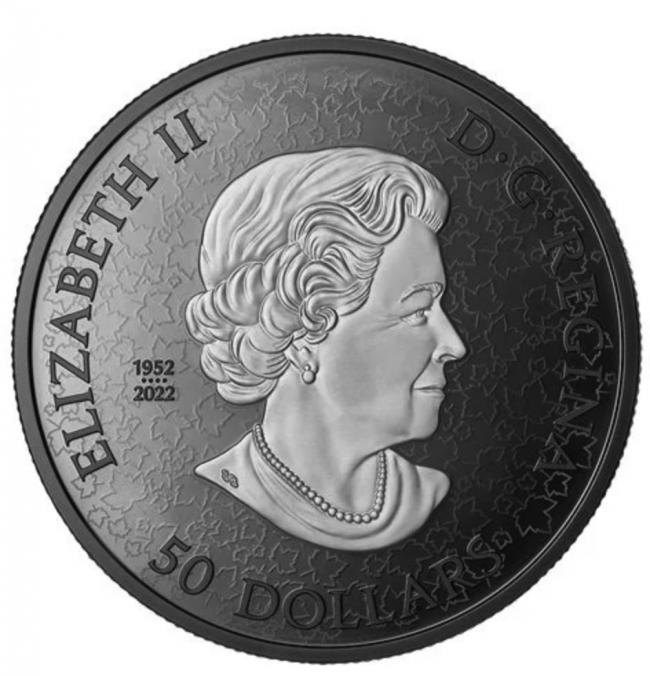
Black nickel plating is to form a layer of black plating on the surface of challenge coins through electroplating, giving them a low-key, mysterious appearance. Black plating challenge coins are suitable for certain specific themes and occasions with unique visual effects.
5.2 Double Plating
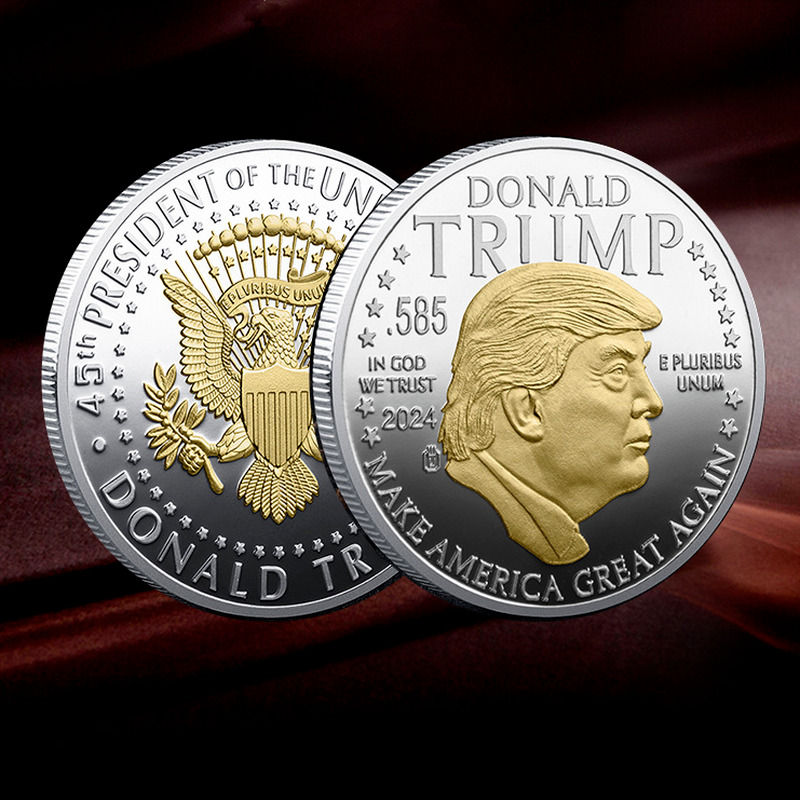
The double plating process involves plating two different metal layers on the surface of challenge coins, such as nickel plating followed by gold plating, or copper plating followed by silver plating. Through this process, a combination effect of different colors and materials can be achieved on the same challenge coin.
5.3 Plating colors
Plating Color makes the surface of challenge coins show various colors, such as blue, red, green, etc. by adding different metal oxides or using special plating solution. The visual effect of challenge coins with color plating is extremely rich, which is suitable for special commemorative activities and theme design.
VI. Summary
There are various plating processes for challenge coins, each with its unique advantages and disadvantages and applicable scenarios. From traditional gold plating and silver plating to modern black plating and color plating, each process not only gives challenge coins different appearance and performance, but also increases their collection and commemorative value. When choosing a plating process, factors such as cost, appearance, durability, and usage scenarios need to be considered in order to achieve the best results. No matter which plating process is used, it reflects the unique charm of challenge coins as a souvenir and symbol.



